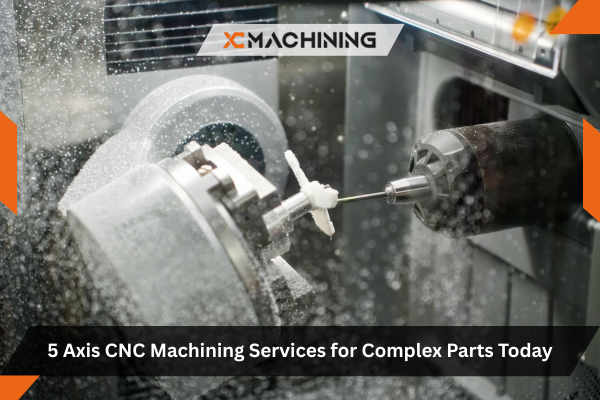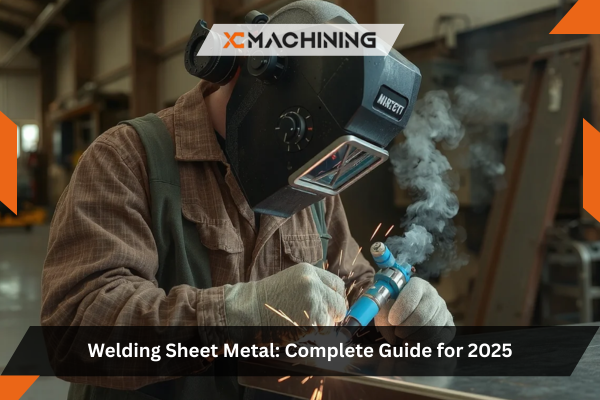1.Top CNC machines for the aerospaceindustry
1.1 DMG Mori [1][2]
DMG Mori is a Japanese company, which is headquartered in Tokyo and Nara City. DMG Mori produces and distributes machine tools, corresponding products, and measuring instruments. DMG Mori manufactures top CNC machines like high-speed precision lathes and horizontal and vertical machining centers.
DMG Mori is well known for producing precision CNC machines designed specifically to manufacture aerospace components. Their 5-axis machines excel at handling complex geometries while meeting ever-evolving aerospace manufacturing demands.
1.2 Makino[3]
Makino, located in Japan, offers global sales and service of CNC machine tools manufactured under its brand.Makino stands as a leading CNC machine builder industry provider and delivers revolutionary machining solutions with outstanding performance. Their manufacturing lines include EDM machines, 3-, 4-, and 5-axis machining centers as well as graphite centers – among many more!
References:
Makino is renowned for its expertise in high-speed aluminum cutting, a critical demand in manufacturing components of the aerospace sector
Their machines are designed to ensure that parts meet the exacting standards of the aerospace industry. With a long history of dedication to research and development, they continue to set the standard for making parts of the aerospace industry.

1.3 Starrag
Starrag, headquartered in Rorschacherberg, is a Swiss industrial company specializing in cutting precision machine tools. As a global technology leader in manufacturing high-precision machine tools for CNC milling, turning, boring, and grinding workpieces of metallic, composite, and ceramic materials[4], Starrag ensures that aerospace manufacturers are able to maintain high levels of quality and efficiency in the production of critical components. With a focus on precision and reliability, their products provide aerospace industry customers with reliable solutions that enable them to stand out in a competitive marketplace.
2.Top CNC machines for the automotive industry
2.1 Mazak
Mazak[5] has long been at the forefront of research and development of CNC machines since their founding in 1919. Today they produce top-of-the-line machine tools including multitasking machining machines with laser processing capability as well as automation systems designed for automotive production lines; their multitasking machines specifically meeting those high volume needs of automotive production are essential on manufacturing lines due to their superior performance, speed precision reliability.
2.2 Doosan
Doosan stands for strength and dependability in automotive manufacturing technology. Doosan machines not only meet those exacting demands of automotive production lines; but their commitment to proficiency ensures rapid production without any sacrifice in quality or speed.
2.3 FANUC
FANUC began producing CNC machine tools in 1955 and has become an industry leader since. Their dedication to factory automation shines through with comprehensive top CNC machines tool offerings and state-of-the-art robotic solutions for automotive manufacturers looking for precision automation production processes. FANUC stands out for providing automated and high precision solutions with their automated machine tools and robotic solutions, all tailored toward optimizing automotive production processes.
3.Top CNC machines for the medical industry
3.1 Haas
Haas Automation Inc, with headquarters in California, is an American machine tool builder known for producing economical CNC machine tools at cost-efficient rates. Haas ranks as one of the world’s largest machine tool builders by total unit volume.[6]
Haas mini milling machines have quickly become an integral component of medical device manufacturing. Renowned for their precision, Haas top CNC machines specialize in producing complex medical components ranging from implants and surgical tools – and with Haas’ dedication to innovation they ensure manufacturers can meet industry requirements with ease.
3.2 Tornos
Tornos Lathes specialize in Swiss-type lathes that meet medical device manufacturing’s stringent demands for micro and high precision parts required in medical devices production, guaranteeing each component meets them all without fail. Tornos guarantees its top CNC machines exceed these demands by meeting even their strict specifications of medical device assembly lines.
3.3 Hermle
Hermle GmbH of Gosheim is one of the foremost producers of CNC milling machines.
Hermle machines stand out with their outstanding precision engineering, making them perfect for producing medical devices with intricate geometries. By prioritizing accuracy and proficiency over production time, Hermle ensures intricate medical component manufacturers produce safe yet effective parts.

4.What kinds of CNC machines do Chinese factories usually use?
Besides the above-mentioned machines made overseas, Chinese factories also choose brands that are made domestically. For instance, Genertec Dalian Machine Tool (DMTG), Shenyang Machine Tool Co., Ltd. (SMTCL), and JIER Machine-Tool Group Co., Ltd. (JIER)[7]. Generally speaking, among the top brands mentioned above, top CNC machines made by Japanese companies or German companies produce the parts with the best precision and quality, but these machines also cost a lot more than machines made in China. However, components require less precision and quality, Chinese machines would be a superb choice, as these machines are usually very economical.





